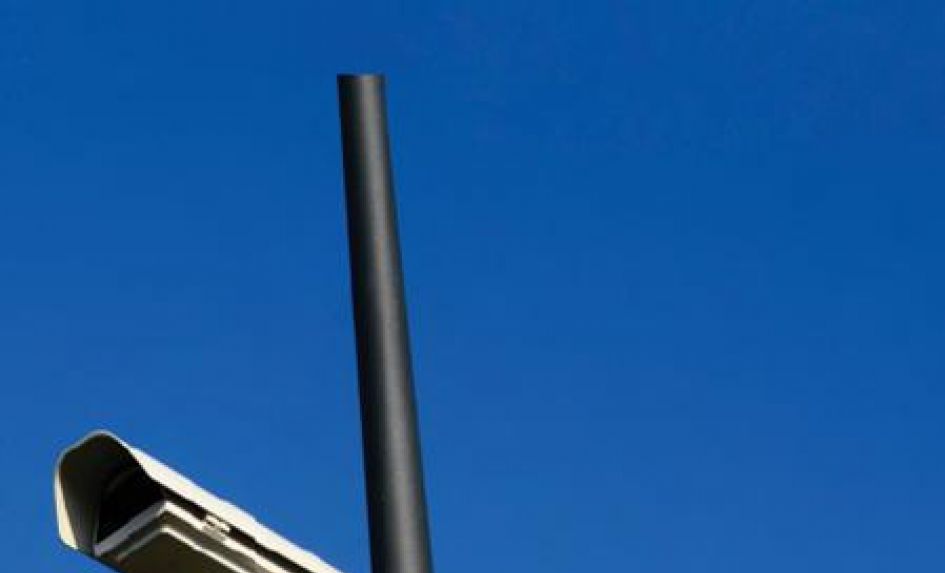Everyone involved in the running of schools has a duty to ensure the safety of the children in their care at all times, provide a safe and secure environment for learning and be prepared for any emergency – including lockdowns.
Schools are one of the most vulnerable targets when it comes to break-ins and even full-scale attacks. However, by preparing and planning for the worst, we can design and facilitate a safe and inspiring space for learning. Access control is a critical aspect of any school safety strategy, being the way a school manages credentials and the safe access and exit of pupils, staff and visitors. However, in the unfortunate event of an emergency, access control isn’t enough.
Every school should have a lockdown procedure that determines or defines the state of each opening of the building on demand, or as soon as an emergency is detected. At Allegion, we believe strongly that ensuring the integrity of security protocols at all times is essential, and that hardware and security systems are cornerstones of any good school lockdown procedure.
Not withstanding this, schools are under intense budget pressures, yet the scope of security solutions available in the UK is such that schools can find systems ideally suited to their needs and budget. From mechanical to electronic, or a combination of the two, schools can implement an efficient and secure lockdown protocol, even if budgets are tight.
No two schools are the same, and as such, access control solutions should be tailored to the school and its unique security requirements. There are a number of areas to consider when selecting security hardware, such as the severity of potential risks, the age of the building(s), budget and the school’s long-term security strategy. Based on those factors, schools must consider whether to opt for a manual, remote or centralised system, or one that combines elements from any of the three.
Manual lockdown
These systems are the ones everyone will likely know and use already. They’re among the most economical lockdown solutions, relying on individuals handling physical keys to lock down rooms and spaces. Mechanical keys are the most cost-effective, but least secure lockdown method, since the speed of the lockdown will be dependent on how quickly staff reach doors and lock them.
Remote lockdown
These are ideal for schools that wish to upgrade from a manual lockdown system but are wary of the costs that accompany networked systems. Under this method, classrooms are locked down by remote fobs when in proximity of the relevant door, but they still rely on multiple staff members during lockdowns.
Centralised
The most secure of the three, these require only a single point of accountability. Centralised access control systems are activated via a computer or mobile device – at the push of a button, all openings can be locked throughout the setting, making this the fastest lockdown solution.
Even in older school premises, effective use of electronic and wireless solutions, potentially combined with an existing mechanical system, can be easily achieved and cost effective.
Andrew Shaw is architectural consultant at security provider Allegion UK. Find out more at allegion.co.uk and on Twitter at @AllegionUK.










